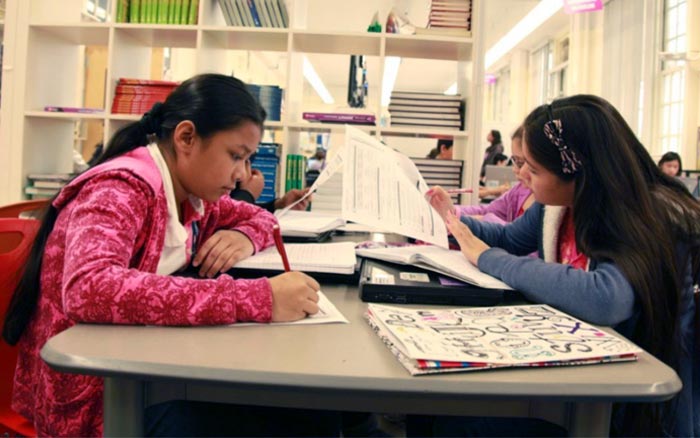
When formal education began, schools borrowed guiding principles, like standardization and structure, from the factory systems developing at the time. School became a place where rigid structures batched learners of the same age together and engaged them in the same content, through the same activities, at the same pace. This one-size-fits-all approach results in very few learners experiencing the level of support, or challenge, they need—holding some students back from more advanced content and activities, while leaving others behind. However—for all young people to succeed—the focus, pace, and sequence of learning, as well as the resources and support provided, must be tailored to each learner’s identity, prior knowledge, development, way of learning, and life experiences. This ensures that all learners have just what they need to be successful, and that learners who need more receive more.
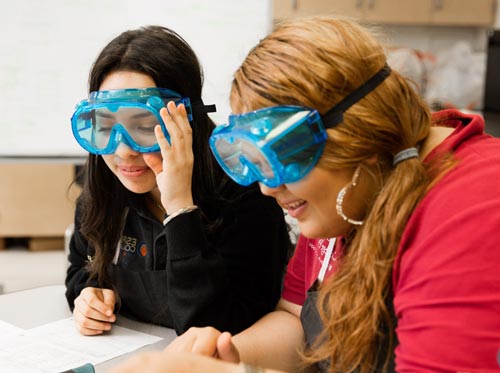
Customizing young people’s learning experiences in response to the ways they vary can nurture their identities, fuel motivation, and support learning. In fact, for these experiences to be truly relevant to and intellectually challenging for every learner, at least some degree of personalization is essential. This is because every learner is unique and has different needs based on what they value and want to achieve, where they are developmentally, and more. By increasing customization in all learning environments, more learners can receive personalized academic and social experiences that support their developmental needs; educators can become masterful interventionists and relay just-in-time support to every child; and classrooms can become safe places that promote continuous progress while also fostering a respect for differences. By personalizing learning in response to these differences, and by ensuring learners who need something more or something different receive it, our education system will become more effective for all.
This Leap Means…
- Learners following a variety of pathways in regard to the how, when, and where of learning based on their unique developmental level, interests, learning needs, or other factors.
- Learners receiving the resources, scaffolds, and supports needed to be successful with intellectually challenging work.
- Learners experiencing personalized learning opportunities and flexible systems that evolve to fit them.
Human beings don’t line up perfectly. There is no average learner. They have strengths and weaknesses. They all do. Even geniuses do.
Todd Rose
Examples
Da Vinci RISE High from Da Vinci Schools (Grades 9-12)
The Da Vinci RISE High model uses a responsive and holistic approach—including flexible scheduling, blended learning, credit recovery, and wraparound social services—to meet the unique needs of students navigating foster care, housing instability, and other circumstances that have disrupted their schooling.
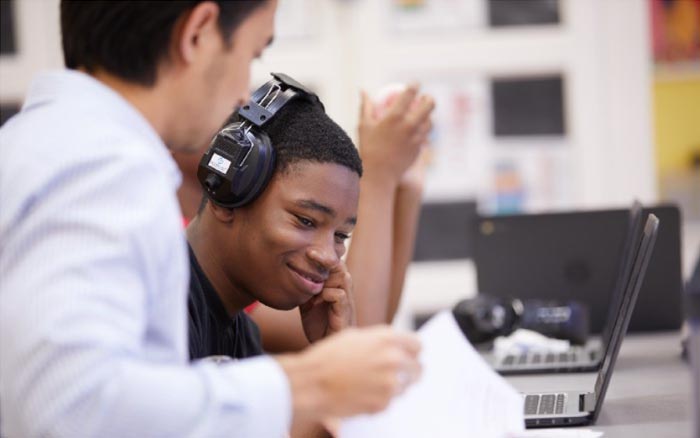
Great Oaks High-Dosage Tutoring from the GO Foundation (Grades 3-12)
The GO Foundation’s high-dosage tutoring program places recent college graduates in historically under-resourced schools to implement innovative learning and mentoring strategies.
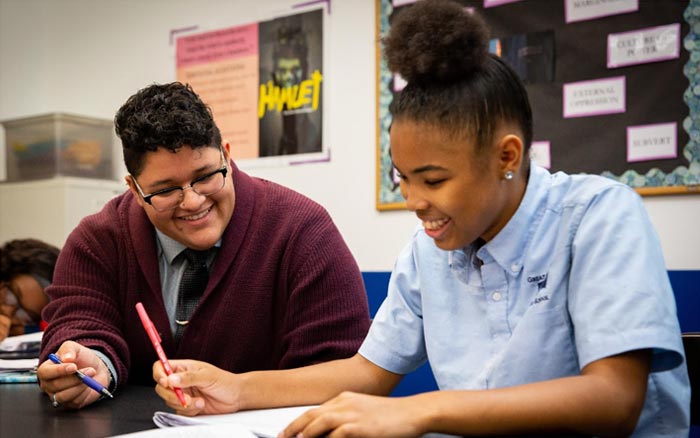
Living in Beta from One Stone (Grades 9-12)
Living in Beta is One Stone’s innovative wayfinding program designed to empower high school students to explore their passions and discover their purpose, while helping them develop the tools and mindset to live and learn with intention.
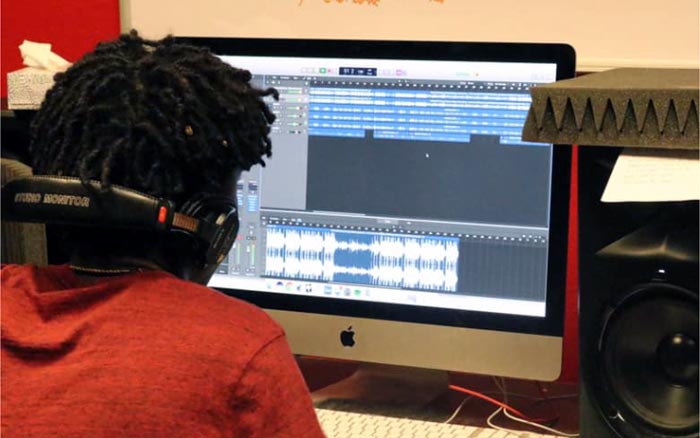
Teach to One 360 from New Classrooms (Grades 5-Algebra 1)
Teach to One 360 is a holistic, personalized learning model that provides teachers with the ability to tailor classroom math instruction to each student’s unique strengths and needs while leveraging technology.
